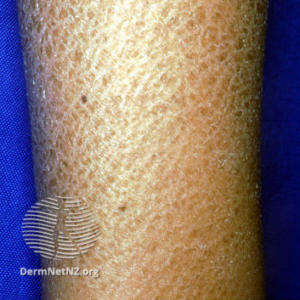The words “winter and dry skin” are often considered synonymous. Did you know that dryness of the skin has almost nothing to do with the amount of water you drink? Dryness of the skin (xerosis) is actually related to changes in the protein and lipid content of the stratum corneum (uppermost layer of the skin). This change in the stratum corneum alters the scattering and reflection of light leading to a dull, rough appearance to the skin.
Skin dryness can be triggered by changes in the environment or due to factors related to your overall health. In winter, the most common cause is a change in the humidity of the environment. Winter brings about three common problems in the skin: dry skin, worsening of eczema and skin cancer.
The stratum corneum plays an important role in the barrier function of the skin and when skin becomes dry, its barrier function is affected and this can exacerbate eczema. A good moisturizer is an important part of winter-skin-care and those that contain glycolic acid will improve the skin’s appearance and texture.
Skin cancer does not respect seasons. Research has shown that melanomas are thicker and diagnosed at a later stage in winter than in summer. This is most likely due to an increased awareness of skin cancer in summer when compared to winter. Hence, winter is not a time to be complacent. Your dermatologist is the best person to discuss skin checks and skin care.






